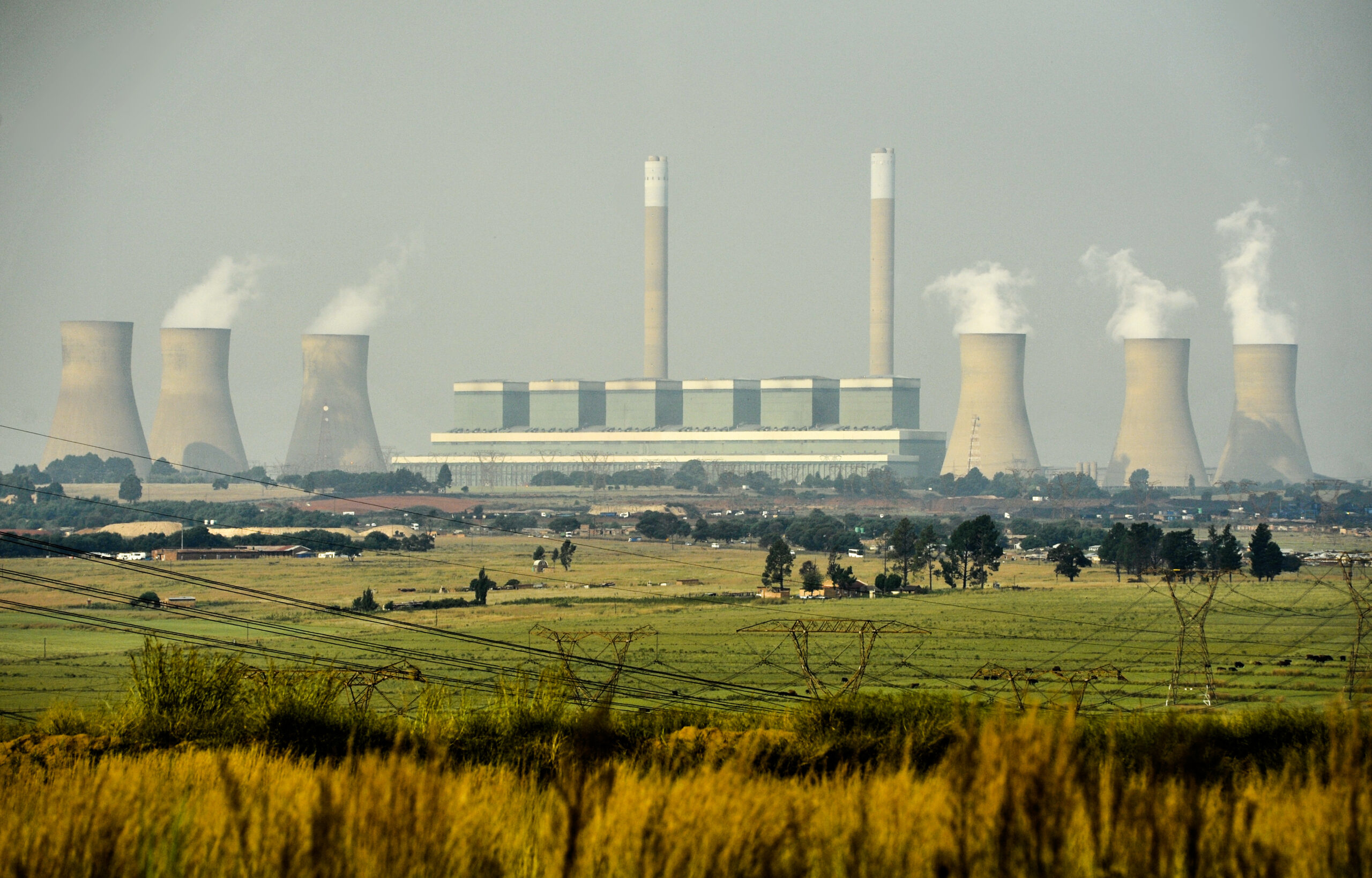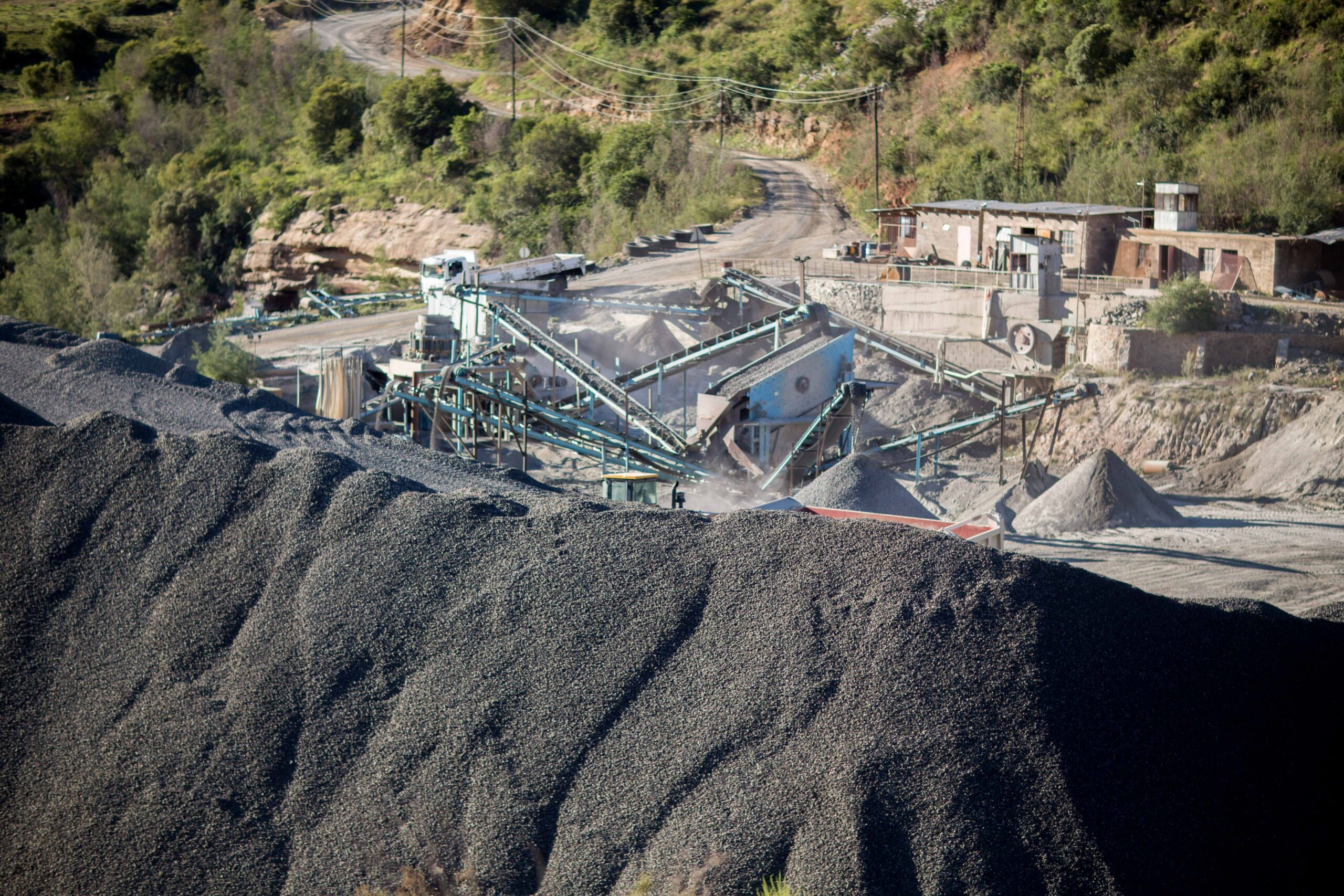The bad reason South Africa is making good on emissions targets
If current carbon emission trends continue, South Africa might actually be on track to meet its 2030 emissions targets under the Paris Agreement. This is according to research done by the Department of Forestry, Fisheries and the Environment (DFFE).
And the reason for this? Mostly load shedding.
The data was revealed in the DFFE’s 2023 Headline Environmental Indicators report, which identifies the 10 key environmental indicators it wants the public to know about. The indicators are chosen annually by a panel of volunteers with the State of Environment Information Community of Practise (SEI-CoP) and are based on the most current and important things for people to take note of. The criteria for an indicator are its environmental relevance, significance of impact, geographical extent, provenance, scientific soundness, timeliness, and clarity of message
The latest report illustrates how greenhouse gas (GHG) emissions between 1990 and 2020 have stayed within the limits of local targets and international commitments, making climate mitigation a key indicator.

Energy-related emissions by Eskom, largely from the burning of fossil fuels, account for 81% of South Africa’s net total GHG emissions.
Although these emissions increased by 13% between 2000 and 2020, they peaked in 2009 and have been in decline since then, with 2020 showing the lowest levels of energy emissions since 2003.
Of the 16% overall increase in GHG emissions during this period, energy emissions were responsible for 69%, according to the report. This means their decline is the key driver of the positive GHG mitigation trend this indicator reflects.
This change in energy emissions is due to increased energy efficiency and use of green energy, along with the reduced availability of South Africa’s principal coal-fired power stations due to load shedding and the Covid-19 economic slowdown.
If the current emissions trend is maintained, the data suggests South Africa might actually be on track to meet its Paris commitments.
However, we are not out of the woods yet. The report also notes that much more can and should be done: “Although this is good news, decarbonizing the energy sector has the potential for an even more significant impact on the country’s GHG emissions.”
It goes on to state that GHG mitigation efforts will have to be greatly enhanced in order to meet the country’s far more ambitious commitments under the Paris Agreement.
Road and rail passenger journeys and freight
The DFFE report also highlights South Africa’s failure to perform on GHG mitigation through shifts in transportation, despite its commitment to do so.

This indicator shows the massive 97% drop in the number of people using South Africa’s most energy efficient form of mass transport – the train – from 2008 to 2022. It further illustrates the significant 53% increase in road freight tonnages and 12% drop in rail freight for the same period.
This is due to the Passenger Rail Agency of South Africa (Prasa) being in shambles, with budgets meant for maintenance being eaten into after years of mismanagement and corruption. This is being exacerbated by ongoing theft and vandalism, and by the impacts of the 2022 Durban floods that washed away stretches of track.
Transport Minister Fikile Mbalula admitted in January 2020 that Prasa has become a “broken organisation”. Goods trains have also suffered. In March 2020, Transnet reported that it was cancelling about 170 goods trains a month because of a 2019 spike in the theft of overhead cables.
These trends in the transport sector run completely counter to South Africa’s climate change response policy, which identified a road-to-rail modal shift as an important climate change mitigation measure.
Related Articles
Eskom: Green energy saves water
Generating electricity from fossil fuels has a hidden cost: South Africa’s already scarce supply of fresh water.
The false promise of ‘clean’ coal in South Africa
Even using the cleanest technology available, coal’s severe environmental, health and climate consequences remain unavoidable.




